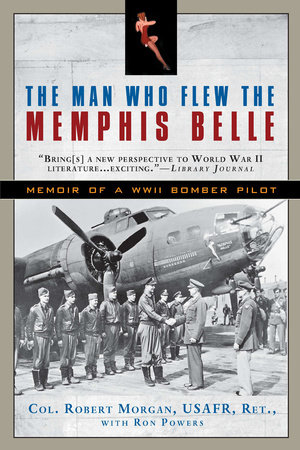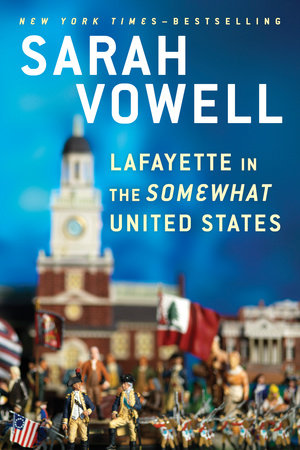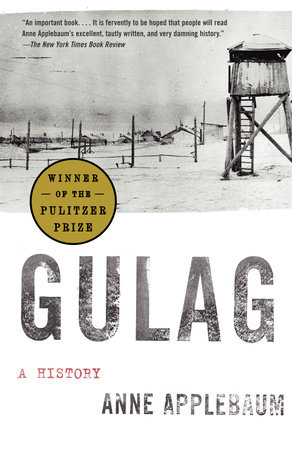Author Q&A
Q: Why did you decide to use the phrase “civil war” in the title of your new book? Most people think of the War of 1812 as a fight between the United States and England, not as a civil conflict.
A: I came to see the War of 1812 as a civil war between kindred peoples, recently and incompletely divided by the revolution. To call the War of 1812 a “civil war,” now seems jarring because hindsight distorts our perspective on the past. We underestimate the fluid uncertainty of the post-revolutionary generation, when the new republic was so precarious and so embattled. We imagine that the revolution effected a clean break between Americans and Britons as distinct peoples. In fact, the republic and the empire competed for the allegiance of the peoples in North America: native, settler, and immigrant. On both sides, the people thought of the war as continuing the revolutionary struggle between Loyalists and rebels. And the war divided the British Empire as Irish refugees fought for the United States but faced trial for treason if captured.”
Q: In your opinion, why has the War of 1812 become a relatively forgotten piece of U.S. history (aside from inspiring the “Star Spangled Banner”)?
A: The War of 1812 looms small in American memory: forgotten as insignificant because it apparently ended as a draw that changed no boundary and no policy. At best, Americans barely recall the war as a handful of patriotic symbols: for inspiring the national anthem; for the victories of the warship dubbed “Old Ironsides”; for the British perfidy in burning the White House and the Capitol; and for the pay-back taken by Andrew Jackson’s Tennessee riflemen at the Battle of New Orleans. This highly selective memory recasts the war as a defense of the United States against British attacks—and screens out the many defeats suffered by American invaders in Canada.
Q: Would it be fair to say that Canadian memory of the conflict is much sharper?
A: The war still means much more to Canadians, particularly the English-speakers who regard their victories as a key to their historical identity. Canadians primarily remember what Americans forget, celebrating their victory as a David over the American Goliath, repelled after burning the public buildings of Upper Canada’s capital. And Canadians cultivate their own patriotic icons, particularly the martyr Isaac Brock and the plucky Laura Secord, their equivalent of Paul Revere.
Q: Many Americans now look back on the Revolution with the assumption that all citizens were united in their desire to break free from Britain, but this was not the case and many communities were quite divided. What was the general atmosphere by 1812? Were there still groups of Loyalists in the United States, or had most already fled to what was then called Upper Canada?
A: The revolution had bitterly divided Americans. While the majority supported an independent republic, a strong minority remained loyal to the union of the empire under the leadership of the king and parliament. When the Patriots won the war, many Loyalists became refugees. Most of them resettled in Canada. So the war created a new boundary between the victors in the United States and the Loyalists in Canada. Within the republic, on the eve of the War of 1812, bitter partisan politics led the dominant party, the Republicans (of Jefferson and Madison, not today’s Republicans) to denounce their Federalist opponents as crypto-Loyalists. Some Federalists became so alienated from the national government that they covertly helped the British as spies and smugglers. Many more Federalists hoped that defeats would discredit and topple the Republicans from power.
Q: Who were the “Late Loyalists”?
A: Between 1792 and 1812, about 30,000 Americans left the republic to seek land in Upper Canada. They became known as the “Late Loyalists,” but most were just looking for the cheap land that the British granted to new settlers who would take and oath of allegiance. By 1812, these Americans and their children were most of the inhabitants in Upper Canada (now Ontario), which was the prime target for invasion. In return for their land, they were supposed to defend the colony against any American invasion. When war came, these newcomers faced a tough choice: would they fight for their farms against their kin and former neighbors in the invading armies?
Q: Your book focuses primarily on the borderland between the U.S. and Upper Canada. You also refer to this borderland as an artificial border. What was most significant about this area as opposed to the other theaters of the war?
A: This book focuses on the hotly contested region between Montreal, on the east, and Detroit, to the west. In that borderland, two Great Lakes—Ontario and Erie—and three connecting rivers—the St. Lawrence, Niagara, and Detroit—served as the porous border between the republic and the empire. That region featured most of the war’s fighting and destruction. Focused there, this book pays only fleeting attention to the war’s secondary theaters along the Atlantic and Gulf Coasts and on the high seas. To compensate for the limited geographic range, I offer greater depth in time, devoting more attention to the roots of the conflict, during the 1780s and 1790s, and to the post-war consequences during the 1820s and 1830s.
Q: The theme of identity is strong throughout the book, as citizens and soldiers took sides, sometimes against family and neighbors. You look closely at the impact of the war when civilians and soldiers came into contact or conflict. What sources did you find to tell these stories?
A: In this North American civil war, brother fought brother in a borderland of mixed peoples who had intermarried. Memoirs, and the letters of officers, battle reports, and newspaper accounts from both sides reveal the hard decisions that civilians faced when confronted by the demands for support by rival armies.
Q: What role did new Irish refugees to North American play in the conflict?
A: After the revolution, thousands of British emigrants poured into American seaports. Primarily from restive Ireland, the newcomers fled from British rule to seek economic opportunity and political liberty in the republic. Becoming staunch Republicans, the Irish-Americans sought a revenge on the empire. They served in disproportionate numbers in the armies that invaded Upper Canada. Defeats cast scores of Irish-Americans into British prisons, where they had to enlist in the royal forces or face trial as traitors. To save them, the American government threatened to execute a captured Briton for every American immigrant hanged by the British. In an escalating spiral, most of the prisoners on both sides became hostages for the fate of the Irish-American soldiers threatened with British trial.
Q: Within the United States, the war was marked by vicious partisan politics between the Federalists and the Republicans; New England even flirted with secession. How did that division impact U.S. foreign policy?
A: By 1812, the Republicans believed that the Federalists in New England were conspiring with the British to break up the union. The bitter partisanship threatened to create another dimension of civil war, as the leading Federalists in New England flirted with secession from the union to seek a separate peace with the British. That possibility encouraged hard-liners in the British leadership.
Q: How did the native Indian populations become involved in the war? What was the impact of the settlement on them?
A: The war embroiled native peoples. In the Great Lakes country, the Indians allied with the British to roll back American expansion. By intimidating and defeating American forces, the native warriors obliged the republic to seek their own Indian allies from the reservations within the United States. The fighting especially divided the Shawnee and the Haudenosaunee nations.
Q: You write that the War of 1812, in many ways, finally concluded the American Revolution. Should this war actually be considered a continuation of the Revolutionary War?
A: The war began as a continuation of the revolution but it ended as a transition into a new era where the United States and the British had to coexist along a shared boundary. Despite later boundary controversies and even cross-border raids by private adventurers, the two nations avoided another war. Paradoxically, by producing a military stalemate, the War of 1812 reassured both sides that they could survive the presence of the other in a shared continent.



























